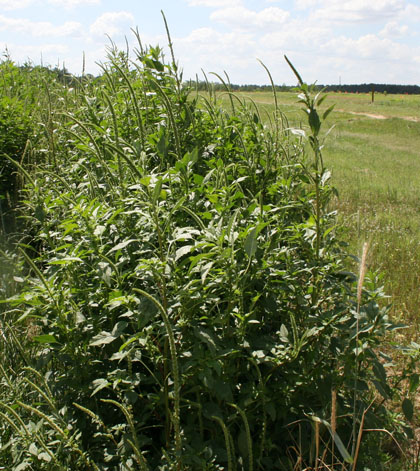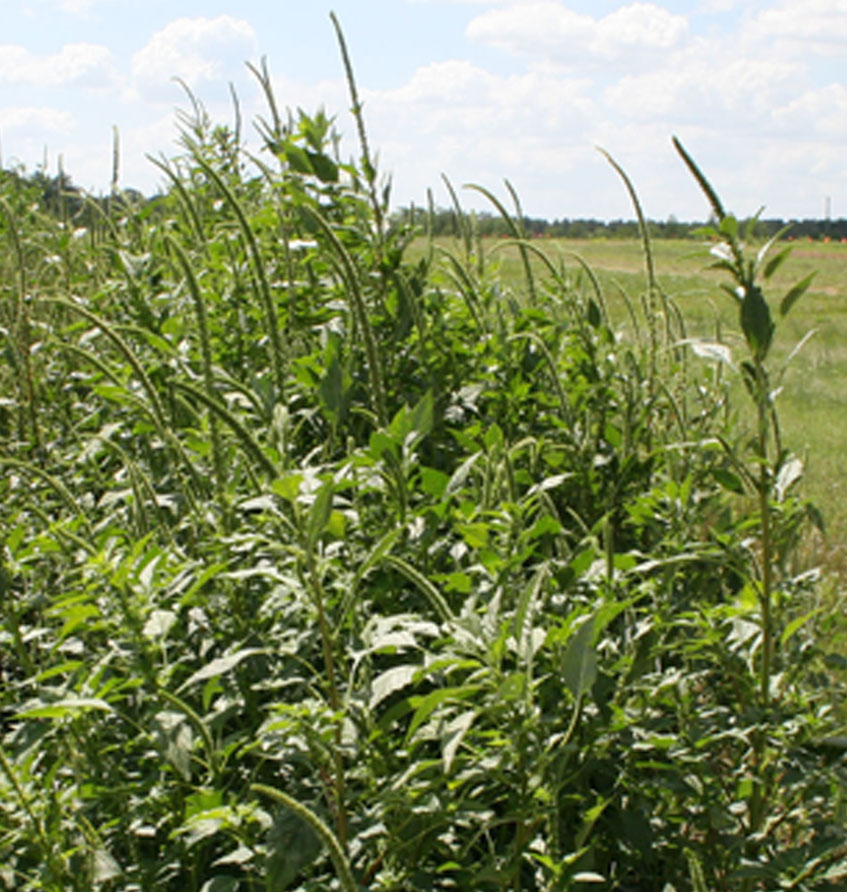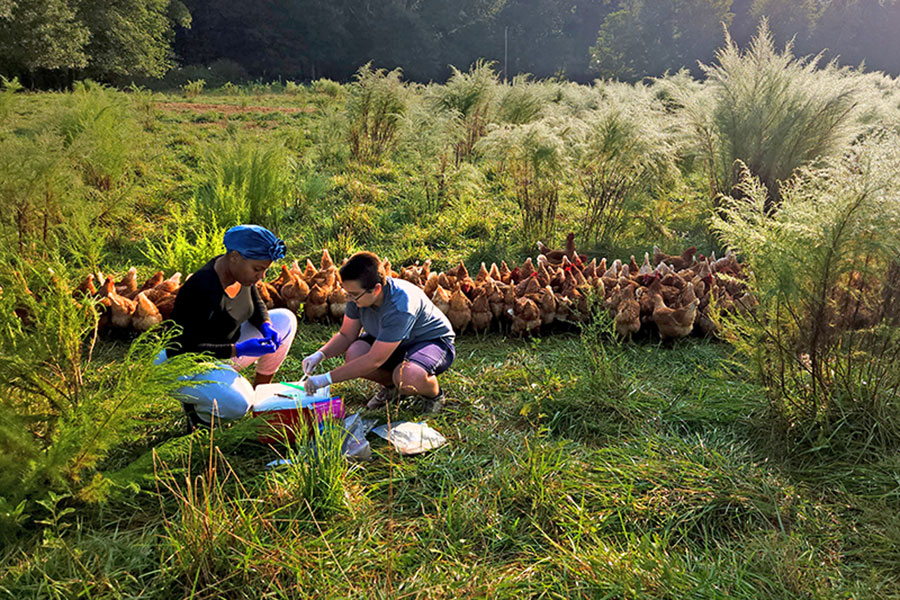Georgia farmers scored what many view as a significant victory when the U.S. Environmental Protection Agency extended the registration of the controversial weed killer dicamba for two years. The herbicide can be used for over-the-top weed control in cotton and soybean fields, according to Stanley Culpepper, University of Georgia Cooperative Extension weed specialist.
Cotton and soybean growers implement the dicamba system in hopes of controlling Palmer amaranth — the No. 1 weed pest farmers encounter every year.
“Even in 2017, our growers noted that dicamba was an extremely valuable tool in managing Palmer amaranth. Keep in mind, in our state, the most problematic weed pests — Palmer amaranth, Palmer amaranth, Palmer amaranth and then maybe a morning glory or spider wart. It’s really Palmer amaranth that continues to drive the agronomic landscape in regards to weed control,” Culpepper said.
Culpepper serves on the EPA’s Science Advisory Board and has helped coordinate UGA Extension educational trainings for farmers and applicators about the dangers of pesticide drift that began in 2015. UGA teamed with the Georgia Department of Agriculture to create a training titled “Using Pesticides Wisely.” In 2017, there were zero incidents of auxin off-target incidents in Georgia.
If not managed correctly, glyphosate-resistant Palmer amaranth, commonly called “pigweed,” can quickly overtake a field. With enormous growth potential, it can reach heights of 7 to 10 feet and adversely affect cotton equipment moving through a field. Palmer amaranth can also rob cotton plants from receiving much-needed resources like water and nutrients. As a result, cotton yields can be reduced.
“I think if you survey any of our growers, if you look at my surveys that I’ve implemented, the EPA’s decision was extremely important because dicamba was very valuable and very successful for weed management, especially in a challenging year like 2018,” Culpepper said. “These technologies allow us a little better opportunity to catch up with Palmer amaranth.”
UGA Extension is documenting the actual value of dicamba to Georgia growers but Culpepper says, “it will be quite large, without a doubt in cotton production for 2018.”
According to the EPA, dicamba is a herbicide that is used on agricultural crops, pastures and turfgrass. Before 2016, dicamba was mostly used in late winter or early spring for the removal of broadleaf weeds prior to farmers planting their crops.
In 2016, the EPA first registered dicamba chemistries for over-the-top application of dicamba-tolerant cotton and soybean plants during the 2017 growing season.
The EPA made the following additional guidelines to further minimize damage resulting from dicamba on nontarget crops:
- Only certified applicators may apply dicamba over the top.
- Over-the-top application of dicamba is prohibited 45 days after planting soybeans and 60 days after planting cotton.
- The number of over-the-top applications for cotton is reduced from four to two. Soybeans remain at two over-the-top applications.
- Dicamba may only be applied from one hour after sunrise to two hours before sunset.
- In counties where endangered species may exist, the downwind buffer will remain at 110 feet and there will be a new 57-foot buffer around the other sides of the field. The 110-foot downwind buffer applies to all applications and is not limited to counties where endangered species may exist.
- To ensure consistency across all three products, the training period is being clarified for 2019 and beyond.
- Tank clean-out instructions are improved for the entire system.
- The label is enhanced to improve applicator awareness on the impact of low pHs on the potential volatility of dicamba.
- Compliance and enforceability are improved through label cleanup and consistency.
Culpepper emphasizes two points that growers need to be mindful of if they want to continue using dicamba when registration runs out in 2020.
In the area of stewardship, farmers need to make sure the technologies they are using are applied on target and remain on target, without drifting to crops they weren’t intended for. Producers also need to be wary about resistance management and avoid overusing dicamba.
“If we go out and spray too much dicamba, we will lose those technologies. Palmer amaranth is not a normal weed. It’s going to win if you don’t make every intelligent decision that you can make,” Culpepper said.
For more information, see gaweed.com.








